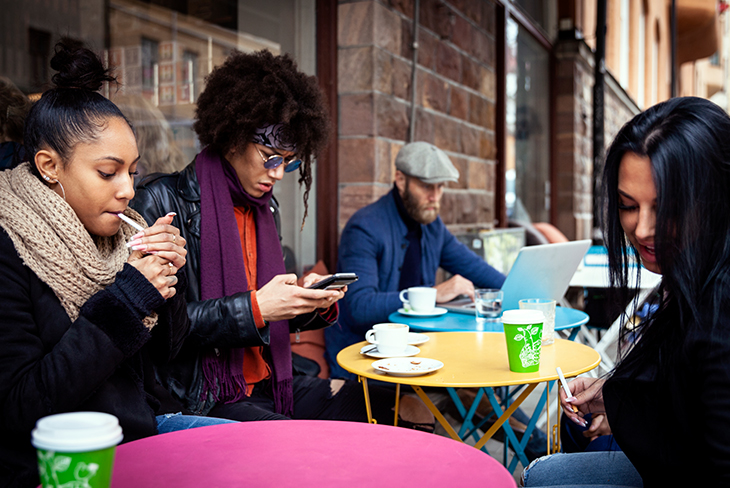Is second-hand smoke worse than smoking?

Many people are aware of the dangers of smoking tobacco, but there might not be the same awareness about second-hand smoke (SHS). Here’s what you need to know.
What is second-hand smoke?
There are two types of SHS:
- The smoke from a burning cigarette
- The smoke exhaled by a smoker
When non-smokers are exposed to SHS, it’s often referred to as passive smoking because there is no active participation, but the by-product (the smoke the non-smoker inhales) can be very harmful.
The dangers of second-hand smoke
According to Cleveland Clinic, the smoke that burns off the end of a cigarette or cigar actually contains more harmful substances than the smoke inhaled by the smoker, since there is no filter through which the smoke must pass.
Experts believe the unfiltered nicotine and other toxic chemicals could pose an even greater health threat to non-smokers than smokers.
Can second-hand smoke cause cancer?
Secondary smoking is also known to cause cancer since the smoke contains more than 7,000 chemicals, including at least 70 that can cause cancer.
The Cancer Association of South Africa (CANSA) reports that Dr Flavia Senkubuge, a public health specialist, believes there is sufficient scientific evidence on the health effects of second-hand smoke. It shows that SHS increases the risk of non-smokers dying from lung cancer and heart disease, and among infants, of SIDS (sudden infant death syndrome). The immediate effects include triggering an asthma attack in both children and adults.
SHS is also linked to the following:
- Cancer of the larynx, pharynx, brain, bladder, stomach and breast, among others
- Cancers in children: lymphoma, leukaemia, liver cancer and brain tumours
- Lung infections such as bronchitis, asthma and pneumonia
- A weakened immune system, resulting in more colds and infections
The effects of SHS can be immediate, according to Cleveland Clinic:
- 5 minutes after inhalation: stiffens the aorta as much as smoking a cigarette would
- 20–30 minutes after inhalation: causes excess blood clotting and also increases the risk of heart attack and stroke
- 2 hours after inhalation: increases the chance of irregular heartbeat (arrhythmia) and can trigger a heart attack or other more fatal cardiac event
Who is most at risk?
While everyone who inhales unfiltered tobacco smoke is at risk, second-hand smoke can severely affect pregnant women and their unborn baby, as well as infants, young children, pets, the elderly and anyone who has pre-existing respiratory conditions. People who work in the service industry, such as bartenders or waitrons, should also exercise particular caution.
What can you do to avoid second-hand smoke?
- The most obvious thing to do is to avoid people who are smoking or areas where you could be exposed to SHS.
- Always ensure there is good ventilation in the room you are in by opening windows and using fans.
- Ask visitors who want to smoke to do so outside, but make sure it's a good distance from the building and the SHS cannot travel indoors.
- Familiarise yourself with the updates to the Tobacco Control Bill 2018 so that you can point out any contraventions if you happen to see them.
- Talk to your employer about an employee wellness programme that is focused on cessation to help smokers quit and aimed at making everyone aware of the potential risks associated with SHS.
- It’s important to note that there is research that supports the fact that a non-smoker that lives with a smoker has a 20–30% increased risk of developing lung cancer.
The information is shared on condition that readers will make their own determination, including seeking advice from a healthcare professional. E&OE. Life Healthcare Group Ltd does not accept any responsibility for any loss or damage suffered by the reader as a result of the information provided.

